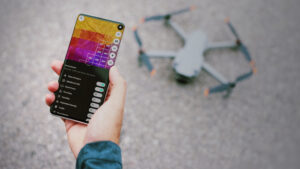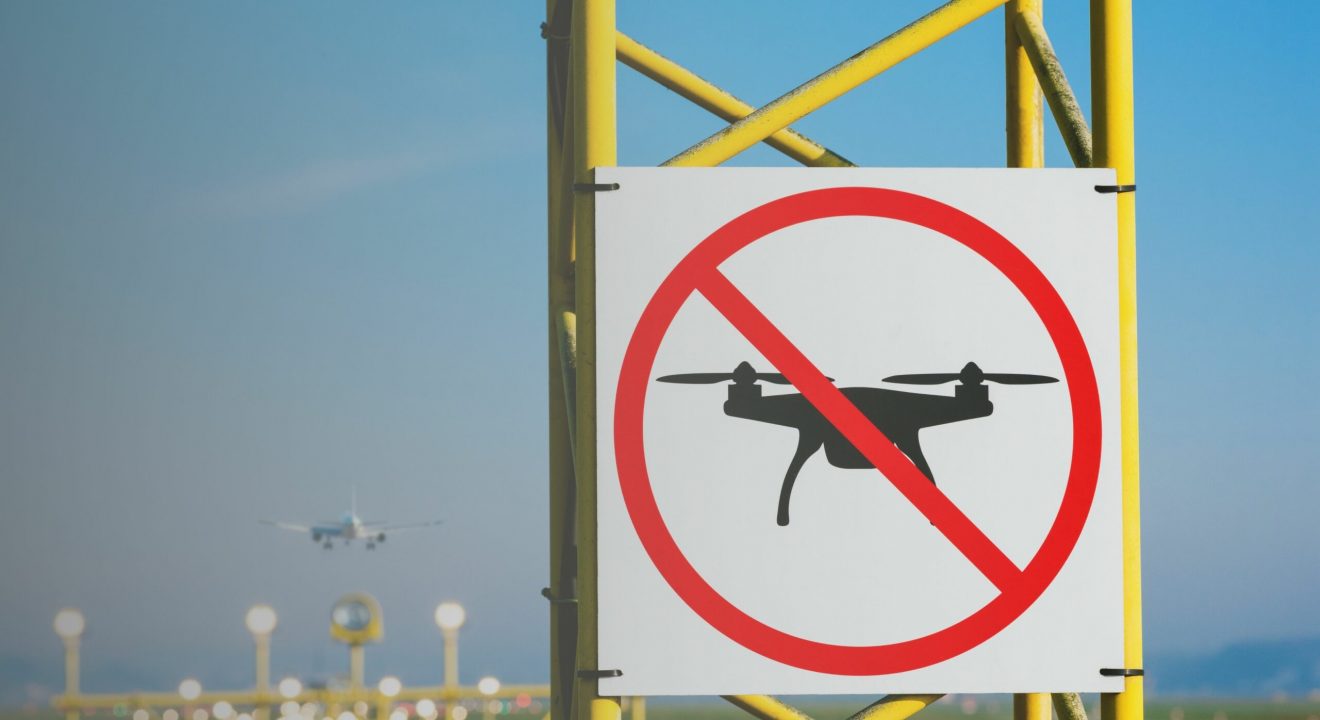Unmanned aerial vehicles (UAVs) such as drones have presented a new form of convenience and flexibility for businesses across several industries and sectors. A handful of leading organizations have test-driven drones for various purposes, and the results have been impressive.
However, the security and reliability of drones are yet to be established to a comforting enough degree to reach wide-scale use. One reason for this is the constant in-flight risks exposed to an aircraft during its journey. Presently, a vital safety measure available today is geofencing.
Geofencing: What it is and how it helps
Simply put, geofencing is a virtual wall that restricts the movement of drones. It is done using a combination of technology like global positioning satellites, your drones’ internal software, radio frequency identification, and WiFi. Geofencing allows for stricter monitoring and prevention of aircraft flying into restricted areas or no-fly zones.
Certain areas are generally more unsafe than others to fly through, and a virtual boundary is put up in these geographical areas. This helps drones steer clear of areas that are unsafe to travel through, for instance, heavily populated areas, airports, schools, government land and property, and prisons. Fencing off these areas also ensures these areas are kept free from any possible risks.
The use of drones has become increasingly popular amongst the general public. After several unfortunate instances of unmanned drones flying into unauthorized areas or no-fly zones such as airports, geofencing has become a pressing necessity.
Benefits of Geofencing
One of the biggest benefits is the safety of the drone. Both the drone and the operator can rest easier knowing the chance of accidents is greatly decreased. In addition to accidents, it also eliminates the risk of drones flying into dangerous areas, saving both the drone and the operator from trouble.
It is not unheard of for drones to fly into extremely inappropriate areas such as military bases. There is also the possibility of drones being flown into such sensitive areas to observe and photograph. As a result of this risk, there is an urgent security risk that is posed. To combat this risk to a large extent, the implementation of geofencing has added a more robust level of security to no-fly zones.
Geofencing and No-Fly Zones: Putting Two and Two Together
No Fly zones are made more secure with the addition of geofencing technologies. While highly sensitive areas such as military bases have been ordered to shoot down drones that fly into restricted areas, the implementation of geofencing will make this need redundant.
Upon invading this area, you’ll receive a warning alert through the app you are using to fly your drone. And in some instances, geofencing renders the aircraft unresponsive, in which case your drone will stop flying to prevent you from entering.
Integrating Geofencing for Increased Airspace Awareness
For a securer approach to Unmanned Aircraft System Traffic Management (UTM), reliable levels of airspace awareness are essential for the best possible drone flight experience. This means dependable methods of generating unforeseen trends in the airspace and intelligently maneuvers through by using environmental data.
The combination of AI and blockchain technologies lift the burden off of operators to manually keep track of the drone’s flight without failing vigilance. New routes can be automatically generated as conditions and regulations change. For instance, built-in systems help the drone automatically steer clear of no-fly zones.
The operators can also establish safe areas before the flight, and a robust map of airspace, weather, regulatory, and location data can be used to keep track of these areas. These restricted areas do not necessarily need to be limited to government properties and airports. Being able to set one’s own geofences can help in instances such as training. To prevent the drone from being endangered under inexperienced hands, virtual boundaries can be set, and in the event that the drone loses control, there is no harm done as the aircraft will lose its movement.
Geofencing is a thorough system that not only alerts the operator as soon as it encounters a no-fly zone so appropriate action can be taken but can also render the aircraft unresponsive designed to promote safe drone use and accountability.
Looking for more information on how SkyGrid’s technology implements geofencing? Contact us to learn more about our advanced enterprise features.


